What is Geomembrane
A geomembrane is a synthetic membrane liner or barrier made from materials like high-density polyethylene (HDPE), low-density polyethylene (LDPE), or PVC. It is primarily used for its impermeability to fluids, making it ideal for applications to control fluid movement and provide containment such as lining landfills, water reservoirs, ponds, and canals. Geomembranes help prevent the contamination of groundwater by containing waste and ensuring efficient water management. Known for their durability, chemical resistance, and long lifespan, geomembranes are crucial in environmental protection and infrastructure projects.
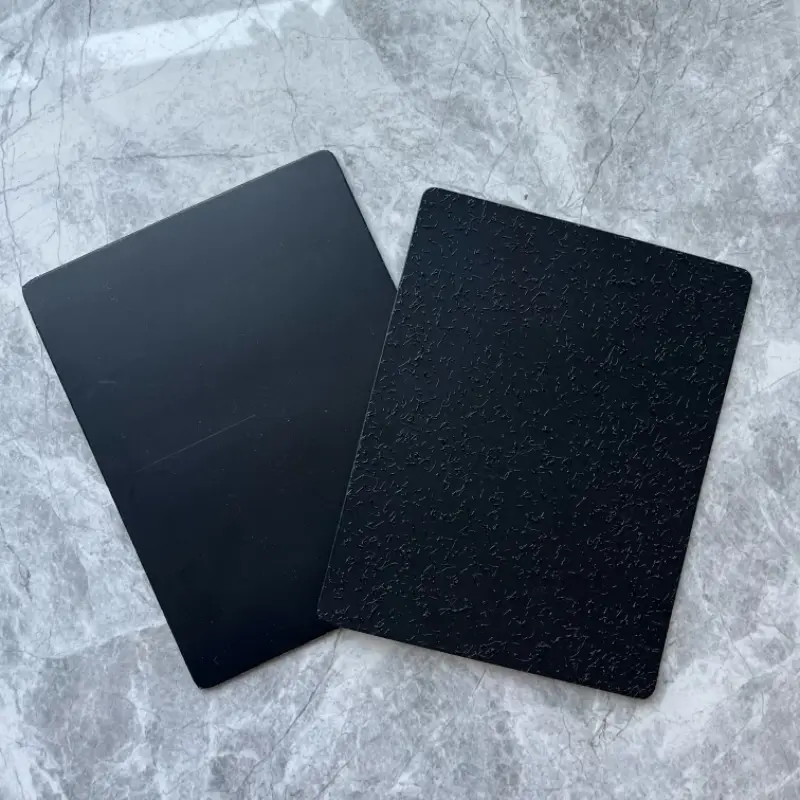
The above picture is the common kinds of geomembrane, one is smooth surface, and the other is textured surface.
Both smooth and textured geomembranes serve critical roles in various containment and environmental protection applications. Smooth geomembranes are favored for their ease of cleaning and installation, making them suitable for water containment and landfill liners. Textured geomembranes, with their enhanced friction and stability, are ideal for applications involving steep slopes and areas requiring additional grip.
Selecting the appropriate type of geomembrane depends on the specific requirements of the project, including the need for stability, friction, and ease of maintenance. Understanding these applications and benefits ensures the effective use of geomembranes in engineering and environmental projects.
Types of Geomembranes according to raw materials

Geomembranes are made from different types of polymers, each offering unique properties suitable for specific applications. The most common types include:
1, High-Density Polyethylene (HDPE): Known for its strength and durability, HDPE is resistant to UV radiation, chemicals, and punctures. It is ideal for large ponds and applications where long-term durability is essential.
2, Low-Density Polyethylene (LDPE): LDPE geomembranes are more flexible than HDPE, making them easier to install in ponds with complex shapes. However, they are less resistant to punctures and chemicals.
3, Linear Low-Density Polyethylene (LLDPE): Combining the flexibility of LDPE with the strength of HDPE, LLDPE geomembranes offer a balanced performance for various pond applications.
4, Polyvinyl Chloride (PVC): PVC geomembranes are highly flexible and easy to weld, making them suitable for small to medium-sized ponds. They offer good chemical resistance but may not be as durable as HDPE in harsh environments.
5, Ethylene Propylene Diene Monomer (EPDM): EPDM is known for its exceptional flexibility and resistance to UV radiation and weathering. It is commonly used in decorative ponds and water features.
Benefits of Using Geomembranes for pond liner

The use of geomembranes for pond liners offers several significant advantages:
1, Water Retention: Geomembranes provide an impermeable barrier that prevents water loss due to seepage. This is crucial for maintaining the water level in ponds, especially in arid regions.
2, Environmental Protection: By preventing contaminants from leaching into the soil and groundwater, geomembranes protect the surrounding ecosystem. This is particularly important in industrial and agricultural ponds where pollutants may be present.
3, Cost-Effectiveness: While the initial cost of geomembranes may be higher than traditional clay liners, their long lifespan and minimal maintenance requirements result in lower overall costs.
4, Ease of Installation: Modern geomembranes are designed for easy installation, reducing the time and labor required for pond construction. Their flexibility allows them to conform to various pond shapes and sizes.
5, Durability: Geomembranes are engineered to withstand harsh environmental conditions, including UV radiation, extreme temperatures, and chemical exposure. This ensures a long service life with minimal degradation.
Installation Process
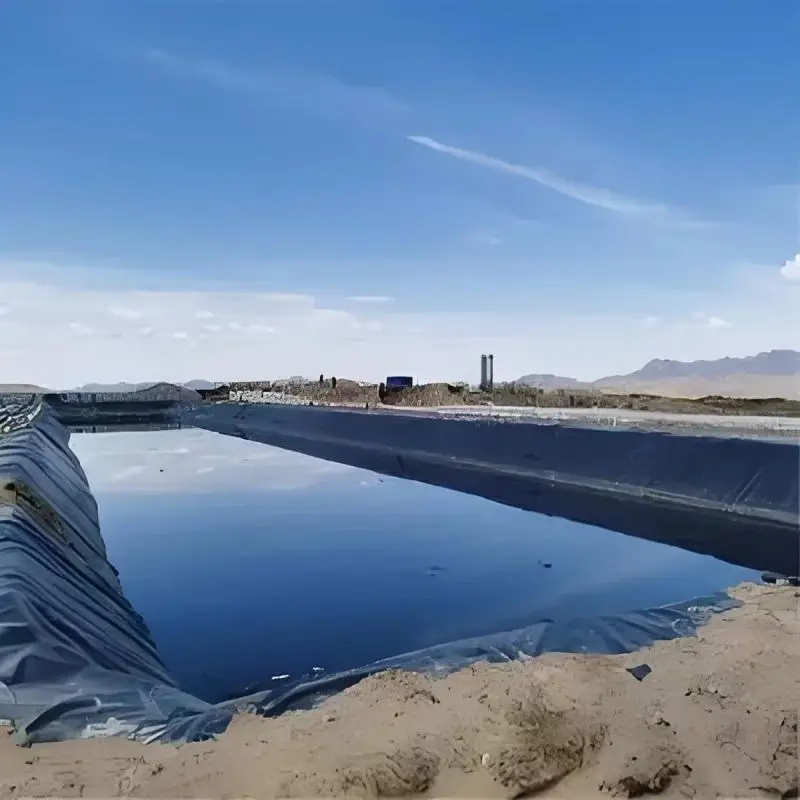
The installation of geomembranes for pond liners involves several key steps:
1, Site Preparation: The pond area is excavated to the desired shape and size. The surface is then smoothed and free of sharp objects that could puncture the geomembrane.
2, Geotextile Layer: A layer of geotextile fabric is often placed beneath the geomembrane to provide additional protection against punctures and to enhance stability.
3, Geomembrane Placement: The geomembrane is unrolled and positioned over the pond area. Seams are welded or taped to create a continuous barrier. Proper overlap and seam integrity are critical for ensuring water tightness.
4, Anchoring: The edges of the geomembrane are anchored to prevent movement and ensure a secure fit. This can be done using anchor trenches, weights, or other methods.
5, Cover Material: In some cases, a layer of soil, sand, or gravel is placed over the geomembrane to protect it from UV radiation and mechanical damage.
Maintenance
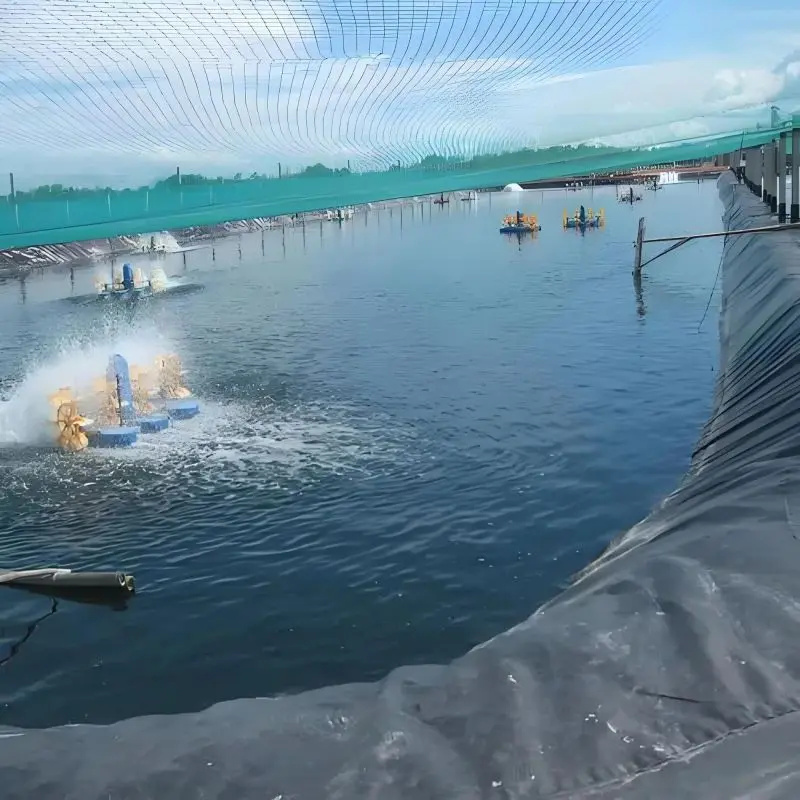
1, Maintaining a geomembrane pond liner involves regular inspections and prompt repairs if any damage is detected. Common maintenance tasks include:
2, Inspection: Regular visual inspections help identify signs of wear, punctures, or seam separation. Inspections should be conducted more frequently in high-stress areas or in ponds with fluctuating water levels.
3, Cleaning: Removing debris and sediment from the pond helps prevent damage to the geomembrane. Use soft tools to avoid puncturing the liner during cleaning.
4, Repair: Small punctures or tears can be repaired using patch kits or welding techniques. Timely repairs are essential to maintain the integrity of the liner and prevent leaks.
Geomembranes are an indispensable element in modern pond construction, offering unmatched benefits in terms of water retention, environmental protection, and durability. By understanding the types of geomembranes available, their advantages, and the proper installation and maintenance practices, pond owners can ensure the long-term success and sustainability of their water features. Whether for agricultural, industrial, or decorative purposes, geomembranes provide a reliable solution for effective pond management.
If your project requires the purchase of geomembranes, HAOYANG is your best choice. We offer high-quality geomembranes designed to meet the specific needs of various applications, ensuring durability and reliability. Contact us today to learn more about our products and how we can support your project with the perfect geomembrane solutions.
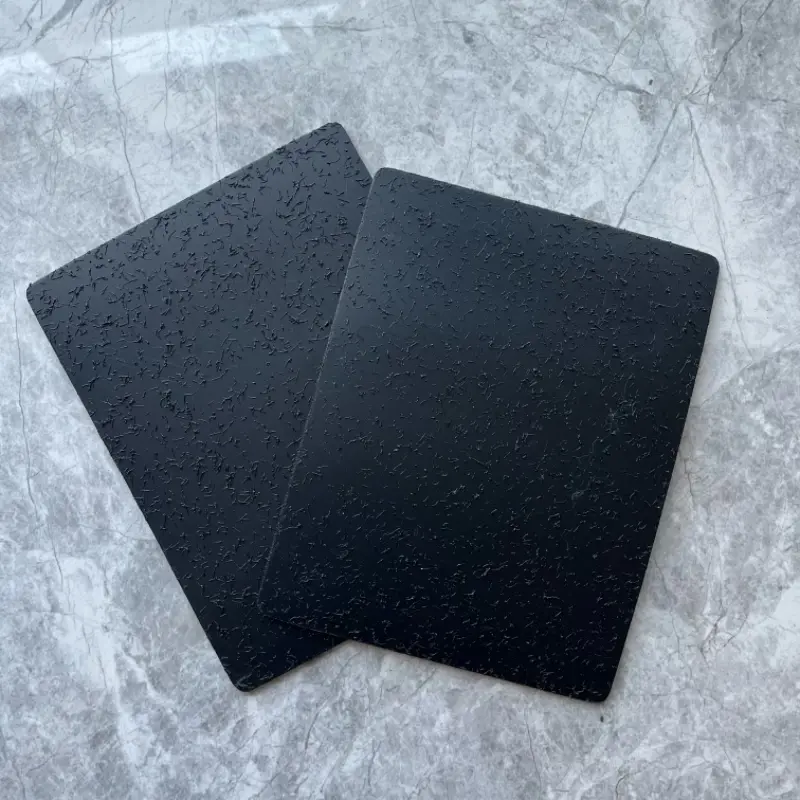
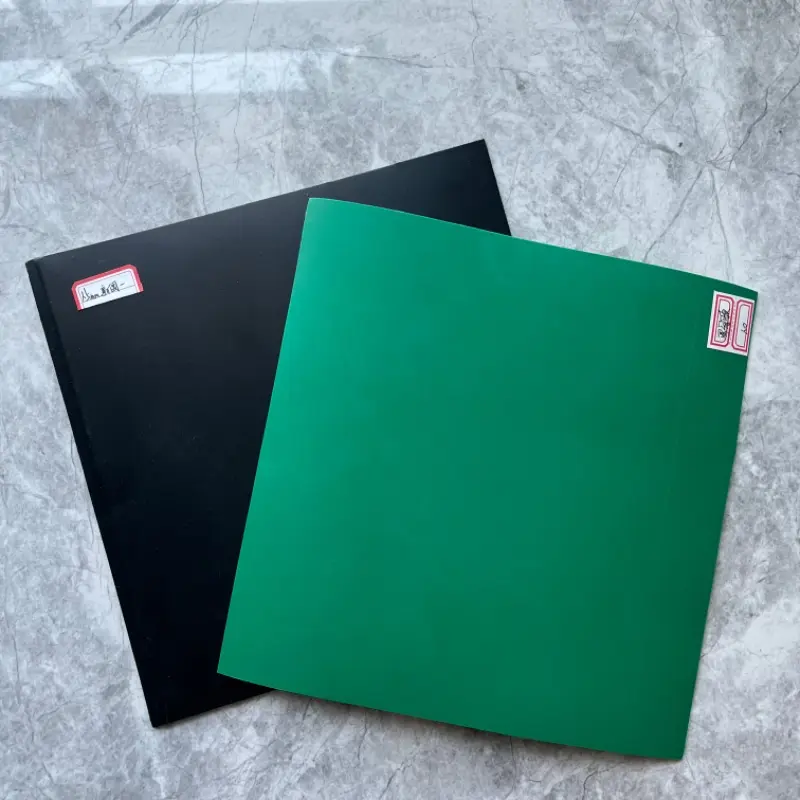
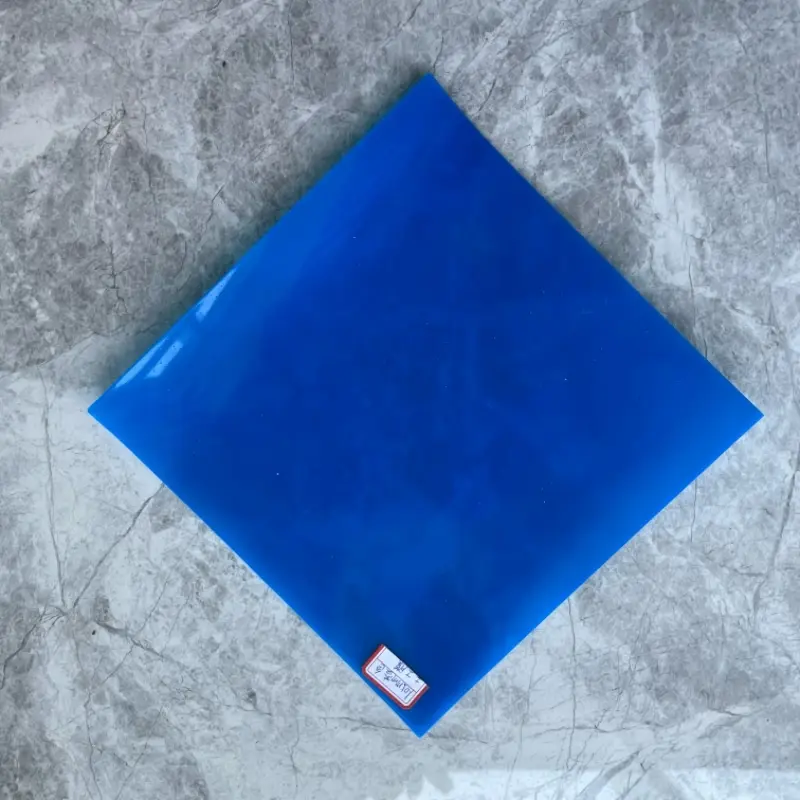
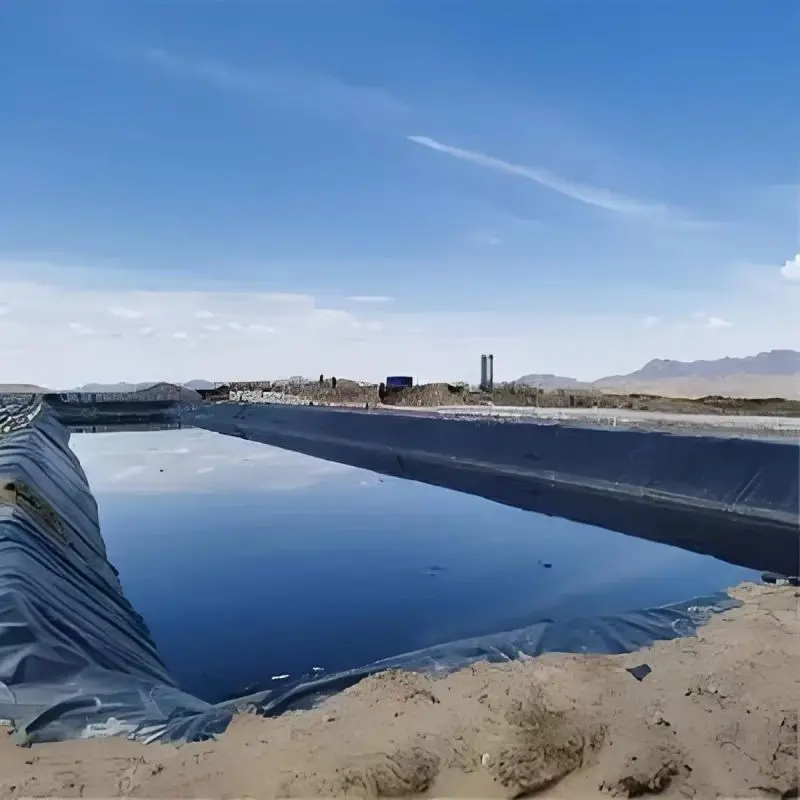
503.webp)
759.webp)
558.webp)
_new879.webp)
196.webp)